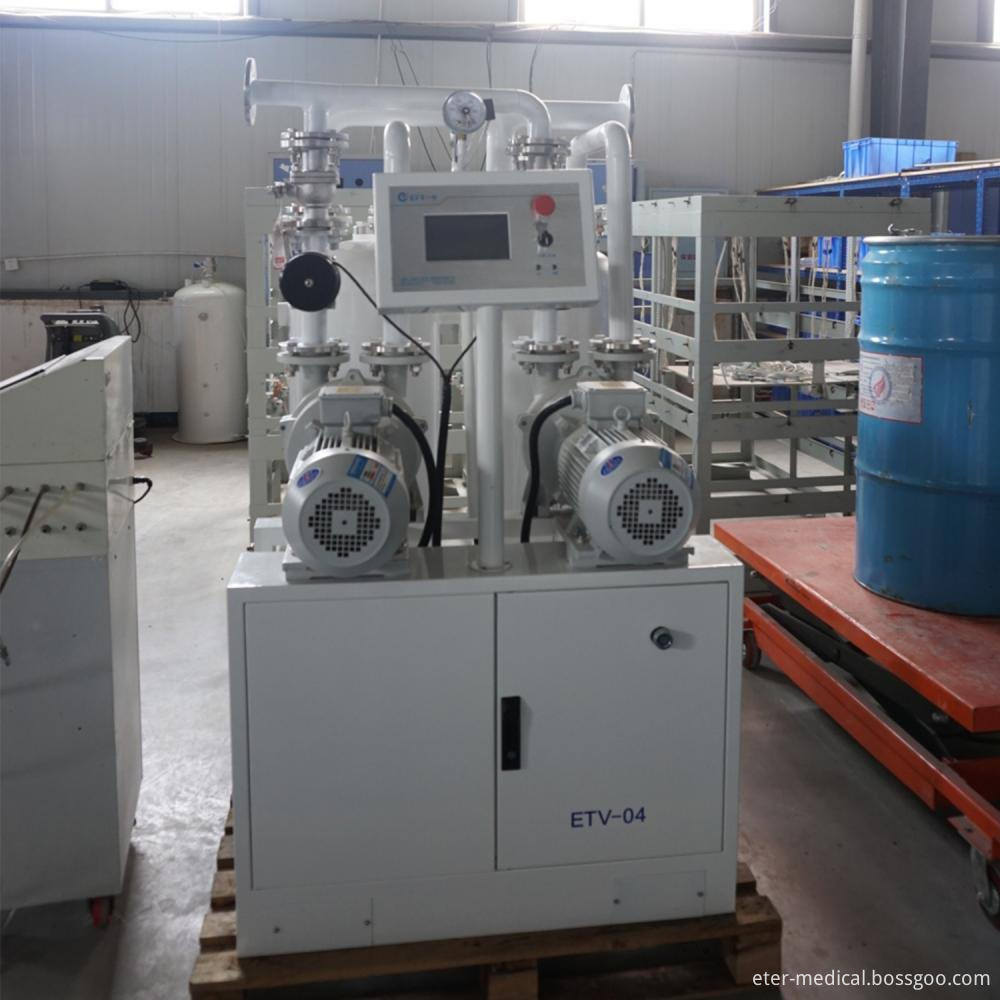Key Techniques for Layer Chicken Brooding
The growth and development of chicks is directly related to the uniformity and pass rate of broiler chickens, as well as the performance of adult hens. The goal of brooding is to grow evenly in the entire population and have a high survival rate. The key to brooding technology is disinfection and epidemic prevention, ambient temperature, air quality, balanced nutrition and lighting technology.
1. Disinfection and epidemic prevention. (1) Disinfection. Before the chicks are in the chicks, they shall be completely disinfected according to the four steps of sweeping, washing, spraying, spraying and fumigation. First, all brooding utensils are moved to the outside for cleaning and drying in the sun, and ultraviolet rays are used to sterilize and clean the house. Then use 2% fire alkali solution to flush the ground, use flamethrowers to inject walls, partitions, ground nets, etc., then use 2% to 3% fire lye or 0.2% to 0.5% peracetic acid solution spray disinfection Walls, nets and ceilings. Finally, 14 g of potassium permanganate per cubic meter of space and 28 ml of formalin plus 14 ml of water were used for fumigation. After 8 to 12 hours, the doors and windows were ventilated. (2) Do a good job of environmental hygiene in the entire brooding period. Clean dishes, troughs, and drinkers daily to remove excrement. Workers entering and leaving the coop need to change their work clothes and work shoes. Disinfection tanks should be set up at the door of the chicken house and disinfectant should be replaced in time. (3) Inoculation of communicable diseases such as Newcastle Disease, Bursal Disease, and fowlpox is performed on time according to the immunization program during the brooding period.
2. Keep the environment comfortable. The requirements of the chicken's environmental temperature decrease with the increase of the age, weekly drop of two degrees Celsius, 0 to 7 days of 32 °C ~ 33 °C; 8 ~ 14 days of age 30 °C ~ 32 °C; 15 ~ 21 days of 28 °C ~ 30°C; 22 to 28 days old 26°C to 28°C; 29 to 35 days old 24°C to 26°C; 36 to 42 days old 22 to 24°C; 42 days old after entering the breeding period, the ambient temperature should be kept at 20 °C or so. There are many ways to maintain the temperature required for brooding. You can use electric heat insulation umbrellas, hot plates, stoves, fire pits and other methods, to local conditions. Winter brooding due to the outside temperature is low, the temperature inside the house should be higher, in particular, to prevent low temperature and high humidity environment. Fresh air is important for the growth of chicks because the lack of oxygen in the chicks will reduce resistance to disease and even death from suffocation. In winter, when the sun is sunny, open the windows for ventilation while keeping the ambient temperature.
3. Guarantee nutritional requirements. (1) Feeding system. In the brooding stage, it is advisable to adopt a free-feeding system with a sufficient number of troughs. The feed is often kept in the trough so that the chicks can feed freely to facilitate even growth. Each chick should have an average trough position of 2.5 cm and a drinking position of 1.5 cm. The length and height of the trough and trough should be increased as the chick grows. Otherwise, it will affect the feeding and drinking of the flock and lead to the growth of the flock. unbalanced. At the end of the brooding period, the weight of 50 to 100 chicks should be randomly sampled from different parts of the house to determine whether the flock is tidy and whether the body weight meets the standards of the breeder. (2) Flock density. With the growth and development of chicks, birds should be evacuated in time. Cage chickens should each occupy an area of ​​100 to 150 square centimeters, and flat chickens should occupy an area of ​​400 to 450 square centimeters. Use evacuation opportunities to separate strong and weak chicks and strengthen nursing care for weak chicks. Can improve the survival rate of brooding.
4. Reasonable lighting system. During the entire brooding and breeding period, whether the lighting system is reasonable or not is directly related to the sexual maturity of the flock. In the first 3 days of the brooding period, 23 to 24 hours of light should be used to facilitate the hatchling chicks to adapt to the environment, eat and drink. In the future, the system of gradually decreasing light, how to implement the gradual reduction method has no fixed mode, and the lighting time should be gradually reduced according to the actual situation.
Compacted Vacuum Suction Unit
ETR has independently developed an integrated vacuum pump unit composed of a water-ring vacuum pump, a gas-water separator, a vacuum solenoid valve, pipe fittings and an electrical control system. It is a simple, safe and reliable device that continuously serves the wards all day long, without occupying the ward space. The negative pressure is sourced from the vacuum pump unit.

Compacted Vacuum Suction Unit,Medical Suction Unit,Hospital Suction Unit,Hospital Suction Machine
Hunan Eter Electronic Medical Project Stock Co., Ltd. , https://www.centralgas.be